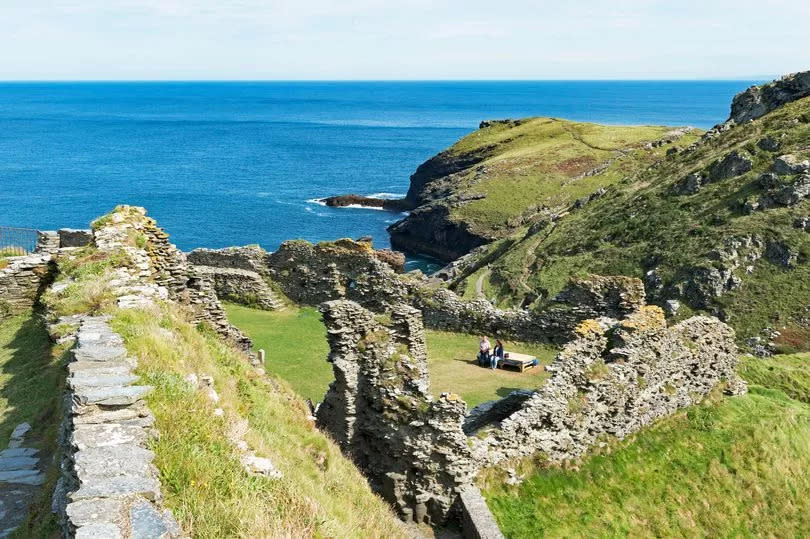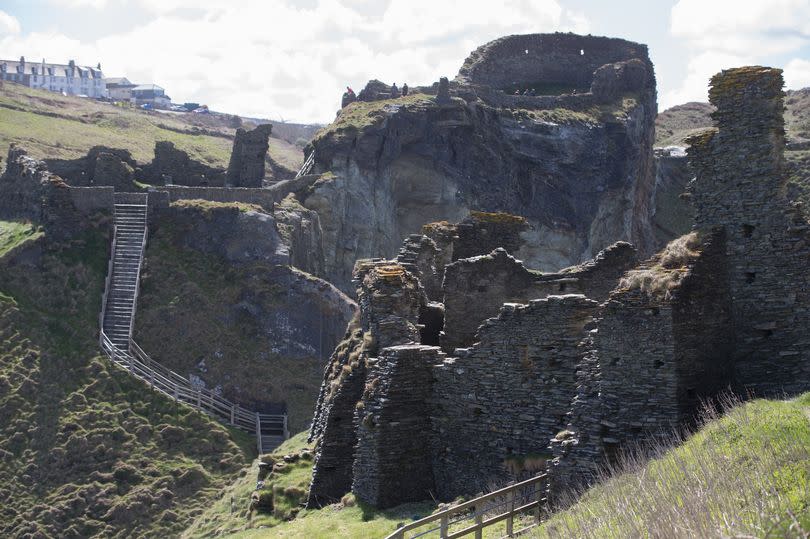Little English village with castle ruins and claims to be the legendary Camelot

Numerous locations across the UK lay claim to being the site of the legendary Camelot from Arthurian tales, including Tintagel on Cornwall's coast.
Tintagel was a bustling port town from 450 AD until around 650 AD, and fragments of Mediterranean pottery from this period can still be discovered in the area today.
After trade in the region dwindled, there is scant historical record of Tintagel, until Geoffrey of Monmouth identified Tintagel as the place where King Arthur was conceived in his historical work The History of the Kings of Britain, around 1136.
READ MORE: People are calling red wine hack promises to make any bottle taste good a 'crime'
The tale goes that Uther Pendragon, aided by the wizard Merlin, seduced Igraine, the wife of Duke Gorlois of Cornwall.
This mention of Tintagel in the text led to an unusual trade about a century later in 1233, when Richard, Duke of Cornwall, the younger brother of Henry III, swapped three of his manors for 'the island of Tyntagel', which was, and remains, linked to the mainland by a narrow land bridge.
Upon acquiring the land, Richard began building the castle, which now, nearly 800 years later, lies in ruins. Although he is documented to have entertained guests at the castle, it's unlikely he spent much time there, as he embarked on a crusade in 1240 and was then elected King of the Romans in 1257.
By 1337, the castle's grand hall had already descended into ruin. Edward the Black Prince transformed the hall into smaller buildings, but Tintagel Castle remained largely abandoned throughout history, with only a modest chaplain maintaining the castle.

Despite the castle's relative emptiness, Tintagel was once again associated with King Arthur when William Worcestre identified it as the place of Arthur's birth and conception in his writings from 1480.
While Tintagel Castle itself was certainly not the legendary Camelot, having been constructed long after the era of Arthurian legend, the mythology of the area persists.
The tales of King Arthur's conception and birth, and the story of Camelot, are not the only myths tied to Tintagel. The legend of Tristan and Iseult, or Tristan and Isolde, is also said to have occurred in the village, as depicted in several poems from the 12th century.

 Yahoo News
Yahoo News 
